The Ultimate Guide To Companion Planting Flowers For Vegetables
The Ultimate Guide to Companion Planting Flowers for Vegetables
Companion planting is a gardening practice that involves planting certain plants together to benefit each other. This can be done by planting plants that attract beneficial insects, repel pests, or improve the soil.
In this blog post, we will focus on companion planting flowers with vegetables. Flowers can be very beneficial to vegetable gardens in a number of ways. They can attract pollinators, such as bees and butterflies, which help to pollinate the vegetables. They can also repel pests, such as aphids and beetles. And, they can improve the soil by attracting beneficial insects, such as earthworms, which help to aerate and fertilize the soil.
Here are some of the best flowers to plant with vegetables:
- Marigolds: Marigolds are a great companion plant for many vegetables, including tomatoes, peppers, and cabbage. They help to repel pests, such as aphids, whiteflies, and nematodes.

- Nasturtiums: Nasturtiums are another great companion plant for vegetables. They help to attract beneficial insects, such as ladybugs and hoverflies, which prey on pests.

- Borage: Borage is a flowering herb that is a good companion plant for many vegetables. It helps to attract pollinators, such as bees and butterflies, and it also helps to improve the soil by attracting beneficial insects.

- Chives: Chives are a good companion plant for tomatoes, beans, and carrots. They help to repel pests, such as aphids and carrot flies.

- Dill: Dill is a good companion plant for cabbage, carrots, and tomatoes. It helps to attract pollinators, such as bees and butterflies, and it also helps to improve the soil by attracting beneficial insects.
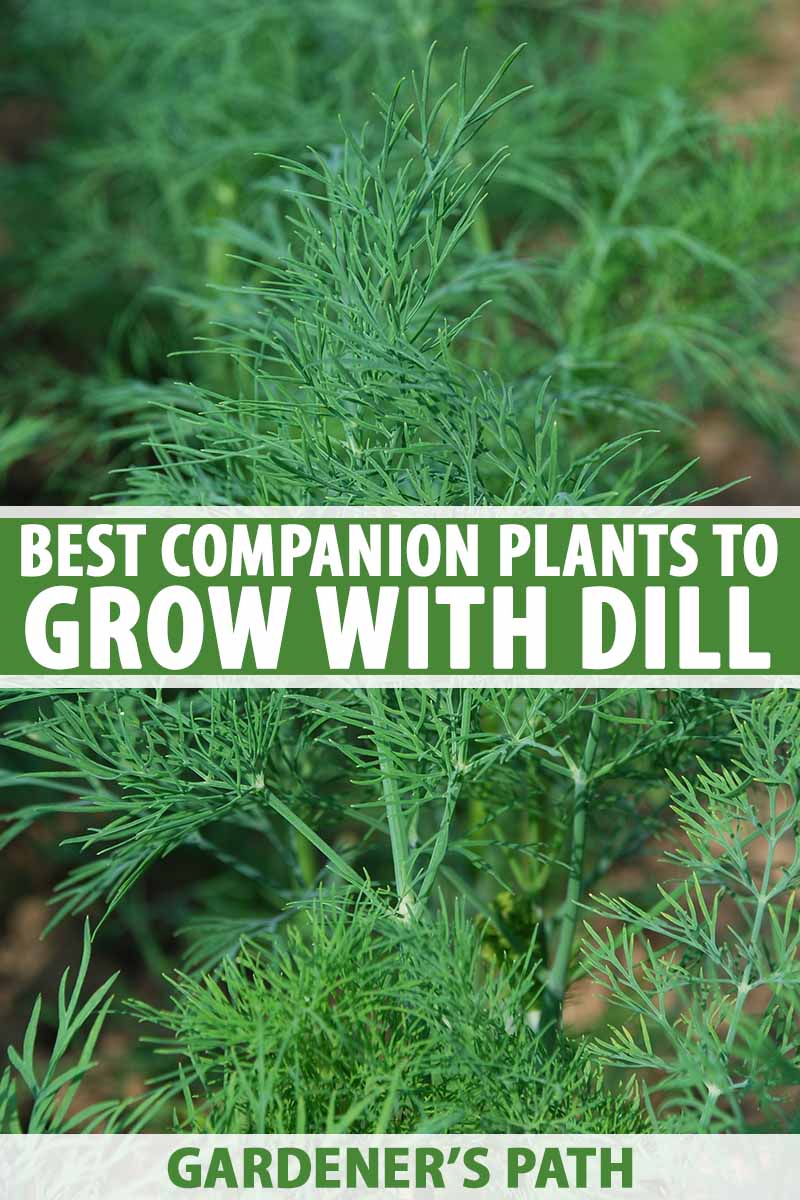
- Sunflowers: Sunflowers are a good companion plant for corn, beans, and squash. They help to attract pollinators, such as bees and butterflies, and they also help to improve the soil by attracting beneficial insects.
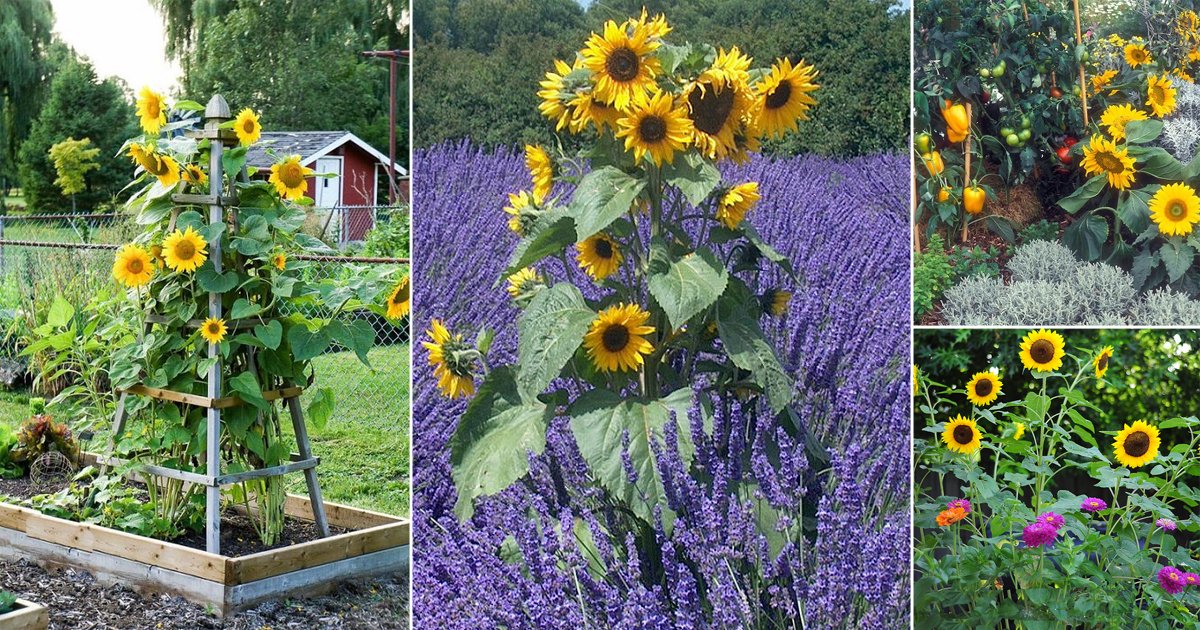
These are just a few of the many flowers that can be planted with vegetables. When choosing flowers to plant with vegetables, it is important to consider the specific needs of the vegetables. For example, if you are planting tomatoes, you will want to choose flowers that attract pollinators and repel pests that target tomatoes.
In addition to the flowers listed above, there are many other flowers that can be beneficial to vegetable gardens. Some other popular choices include calendula, lavender, mint, and rosemary.
If you are new to companion planting, it is a good idea to start by planting a few of the flowers listed above. You can then experiment with other flowers to see what works best in your garden.
Companion planting is a great way to improve the health and productivity of your vegetable garden. By planting certain flowers and herbs near your vegetables, you can attract beneficial insects, deter pests, and improve the overall health of the soil.
Some of the best companion flowers for vegetables include:
- Marigolds: Marigolds are a great all-around companion plant. They help to repel pests like nematodes, aphids, and whiteflies. They also attract beneficial insects like ladybugs and hoverflies.
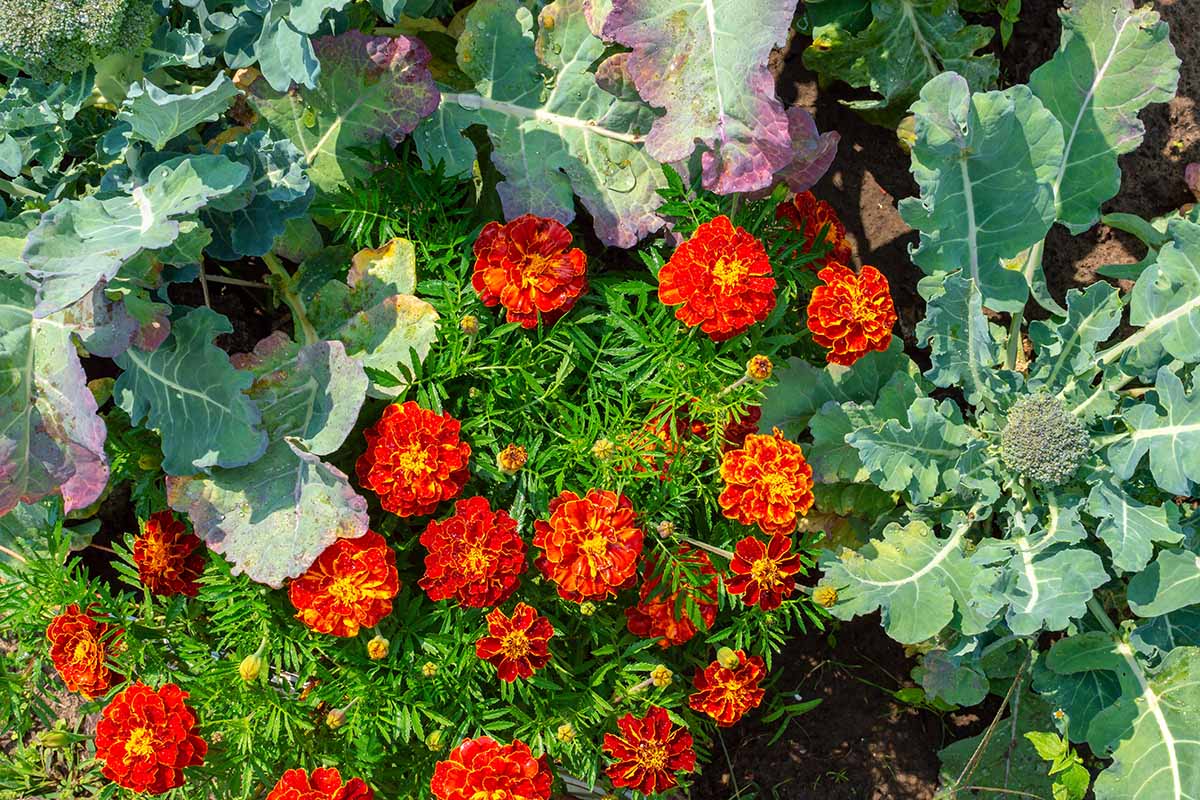
- Nasturtiums: Nasturtiums are another great pest-repelling flower. They attract aphids, which helps to keep them away from other plants in your garden. They also attract pollinators like bees and butterflies.

- Borage: Borage is a flowering herb that attracts bees and butterflies. It also helps to improve the nitrogen content of the soil, which is beneficial for many vegetables.

- Dill: Dill is a flowering herb that attracts beneficial insects like ladybugs and hoverflies. It also helps to improve the flavor of tomatoes.
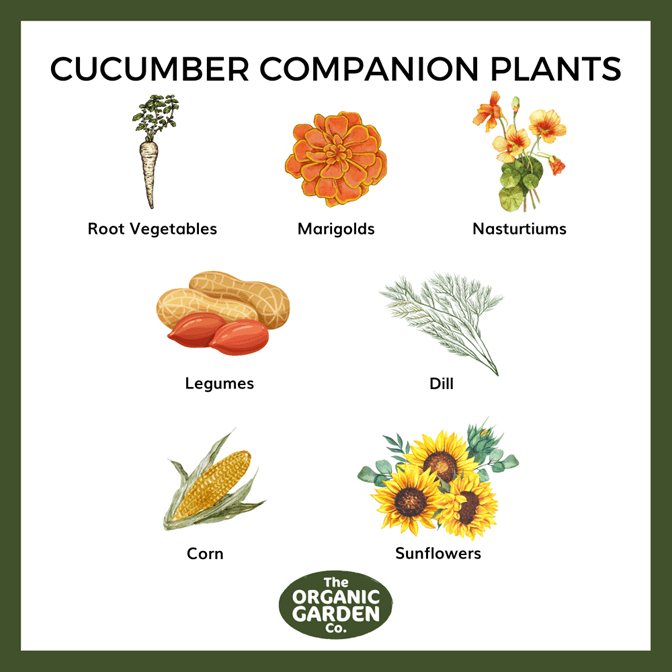
- Lavender: Lavender is a fragrant herb that helps to deter pests like mosquitoes and moths. It also helps to improve the flavor of vegetables like tomatoes and cucumbers.

If you're interested in learning more about companion planting for vegetables, I recommend visiting the Garden Wiki. This website has a wealth of information on the topic, including a list of companion plants, a chart of which plants to avoid planting together, and tips for planting companion plants in your garden.
FAQ of companion flowers for vegetables
1. What are companion flowers?
Companion flowers are plants that are planted together in the garden to benefit each other. They can help to improve growth, deter pests, attract pollinators, and improve the overall health of the garden.
2. What are the benefits of companion planting?
There are many benefits to companion planting, including:
- Increased growth and yields
- Reduced pest and disease problems
- Improved pollination
- Increased biodiversity
- Enhanced beauty
3. What are some good companion flowers for vegetables?
Some good companion flowers for vegetables include:
- Marigolds: Marigolds are a great companion for many vegetables, including tomatoes, peppers, and cucumbers. They help to repel pests such as aphids, beetles, and nematodes.

- Nasturtiums: Nasturtiums are another good companion for many vegetables, including tomatoes, beans, and cabbage. They help to attract beneficial insects such as ladybugs and lacewings, which prey on pests.

- Borage: Borage is a good companion for tomatoes, peppers, and squash. It attracts pollinators such as bees and butterflies, which help to improve pollination.

- Dill: Dill is a good companion for carrots, tomatoes, and cucumbers. It helps to repel pests such as carrot flies and aphids.

- Calendula: Calendula is a good companion for many vegetables, including tomatoes, cucumbers, and squash. It helps to repel pests such as aphids, whiteflies, and spider mites.

4. How close should companion flowers be planted?
In general, companion flowers should be planted within two or three rows of each other. This will help to maximize the benefits of companion planting.
5. Can I plant vegetables next to flowers?
Yes, you can plant vegetables next to flowers. In fact, companion planting is a great way to improve the health and productivity of your garden. Just be sure to choose companion flowers that are compatible with the vegetables you are growing.
Image of companion flowers for vegetables
- Nasturtiums are a great companion plant for tomatoes, as they help to deter pests. They also attract pollinators, which is beneficial for all plants in the garden.

- Marigolds are another good companion plant for tomatoes, as they help to repel nematodes. They also have a strong scent that can deter other pests, such as whiteflies and aphids.

- Borage is a beautiful and beneficial flower that can be planted near cabbage, broccoli, and cauliflower. It helps to attract pollinators and repel cabbage moths.

- Chives are a great companion plant for carrots, as they help to repel carrot flies. They also add flavor to dishes, so you can enjoy them both in the garden and in the kitchen.
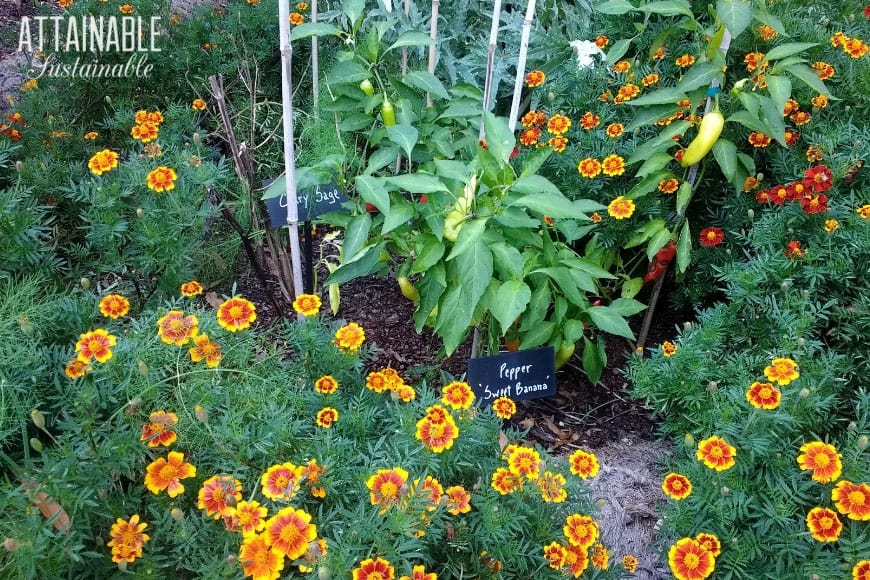
- Sweet alyssum is a pretty flower that can be planted near beans, peas, and cucumbers. It helps to attract pollinators and repel aphids.
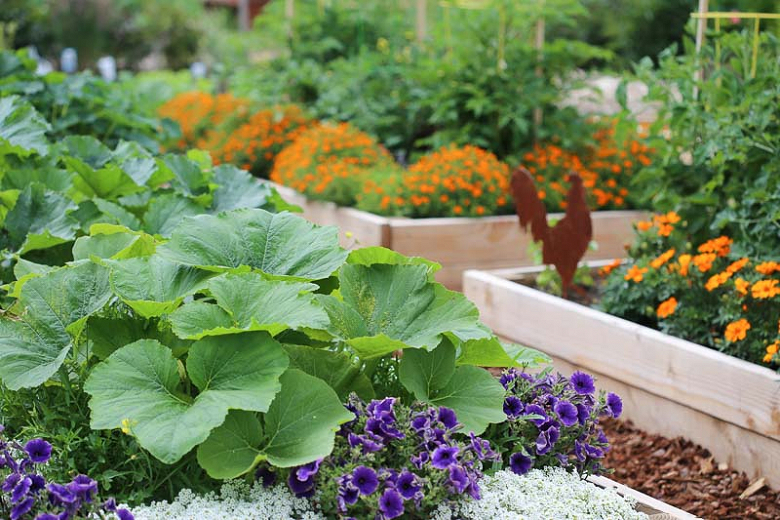
Post a Comment for "The Ultimate Guide To Companion Planting Flowers For Vegetables"